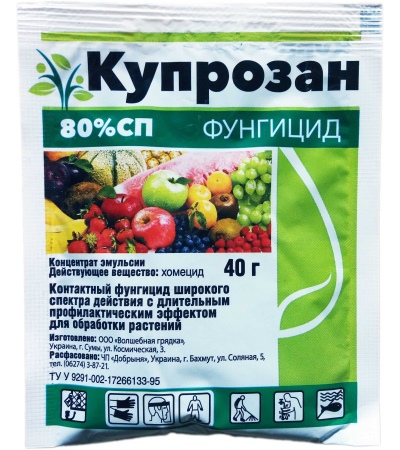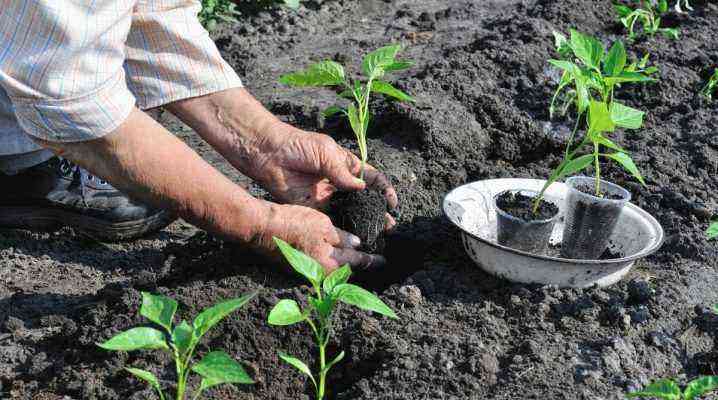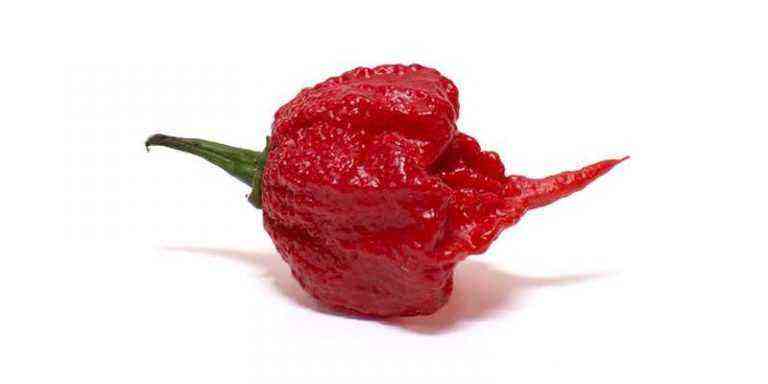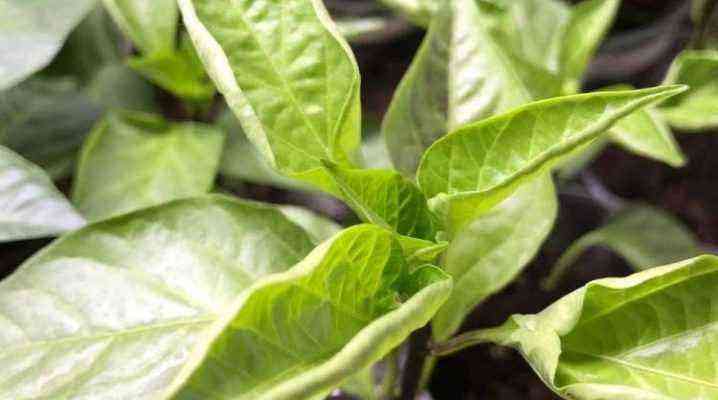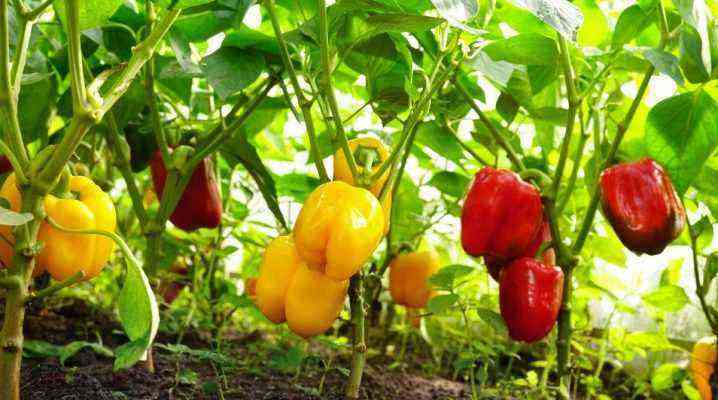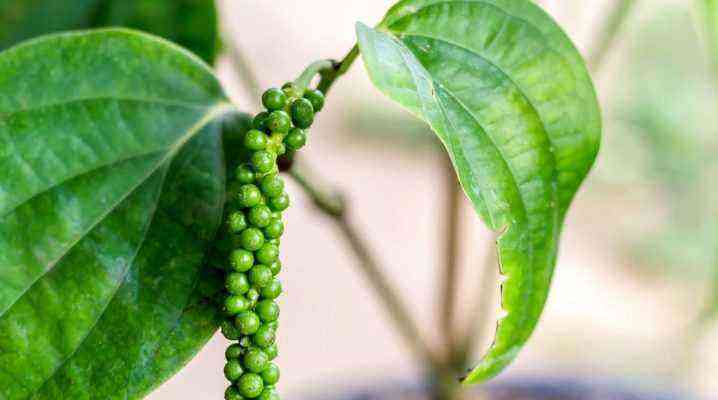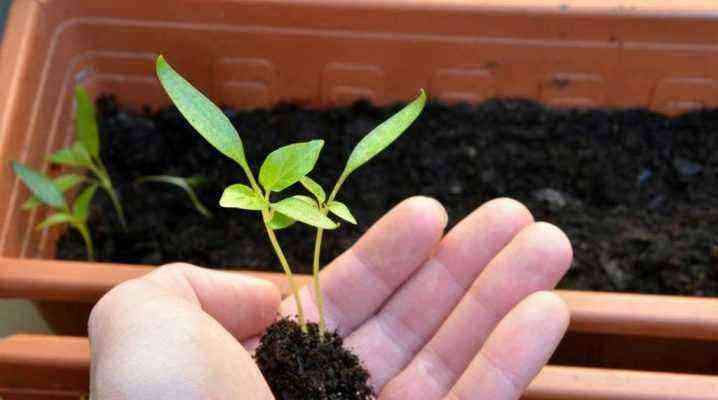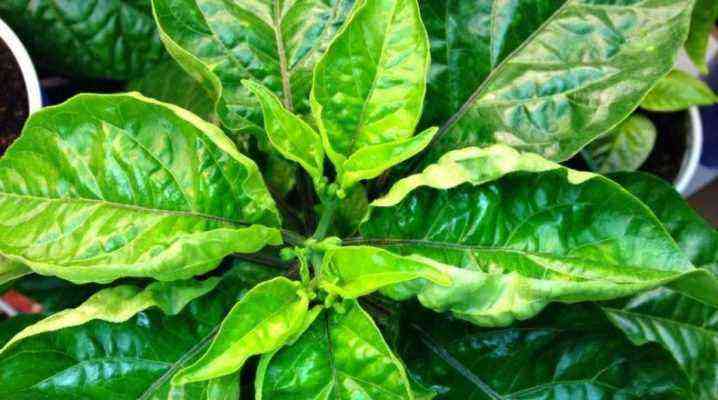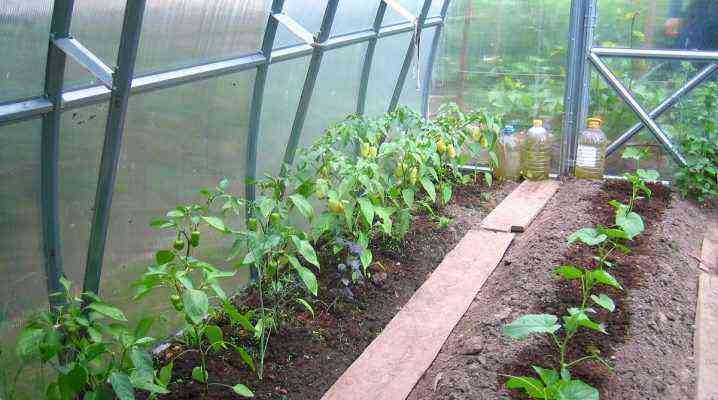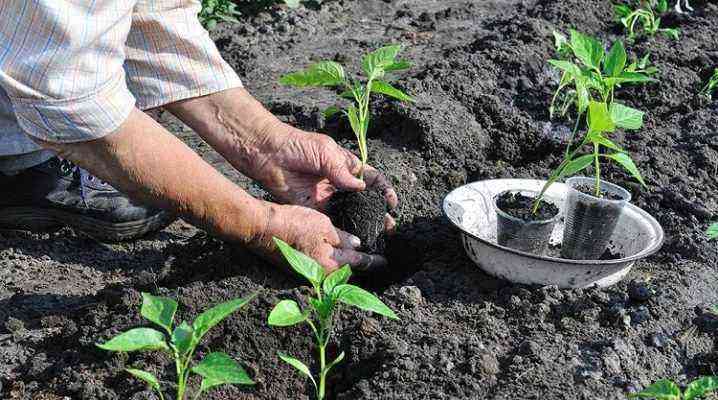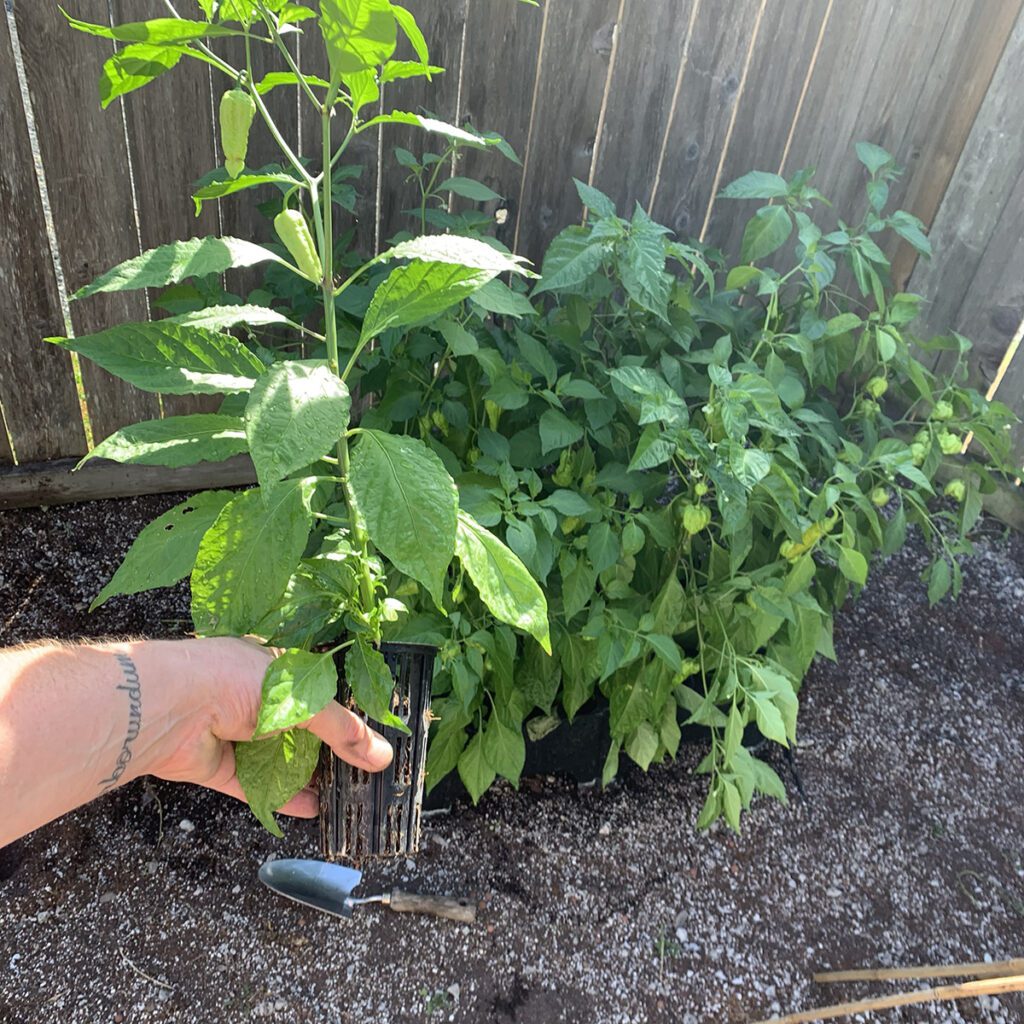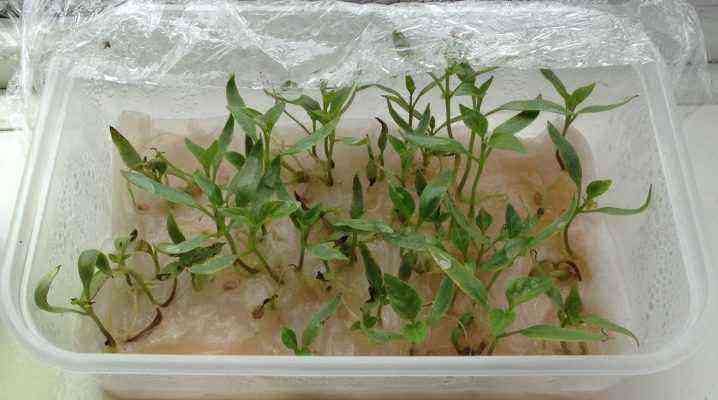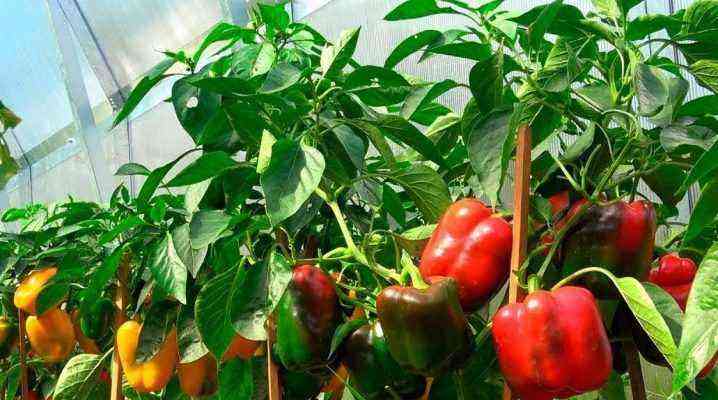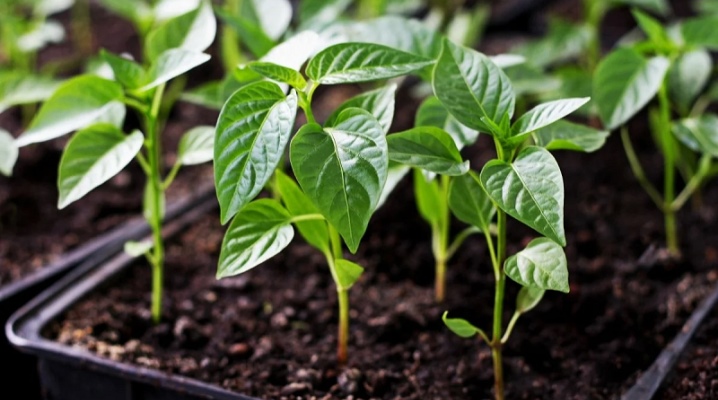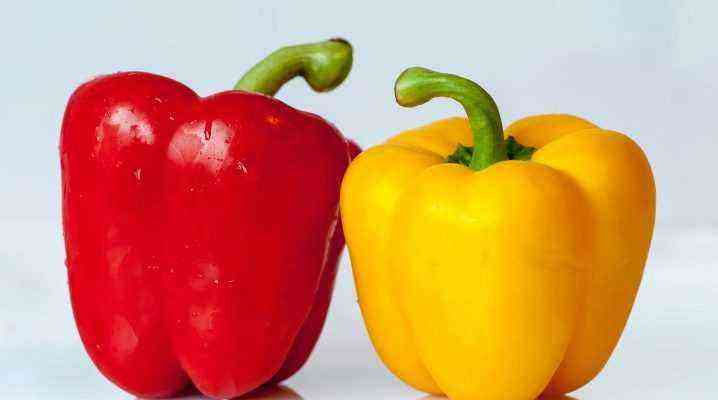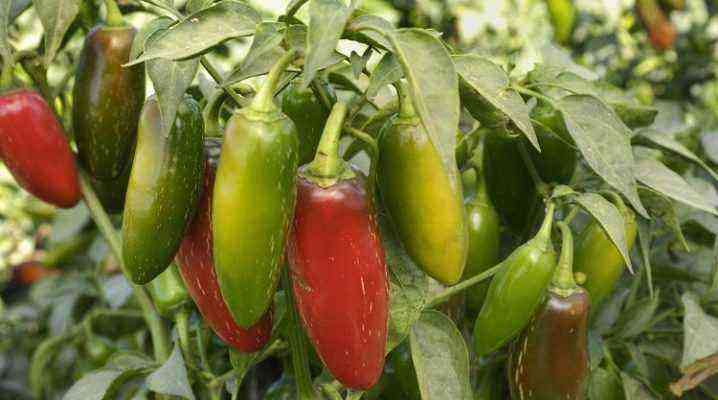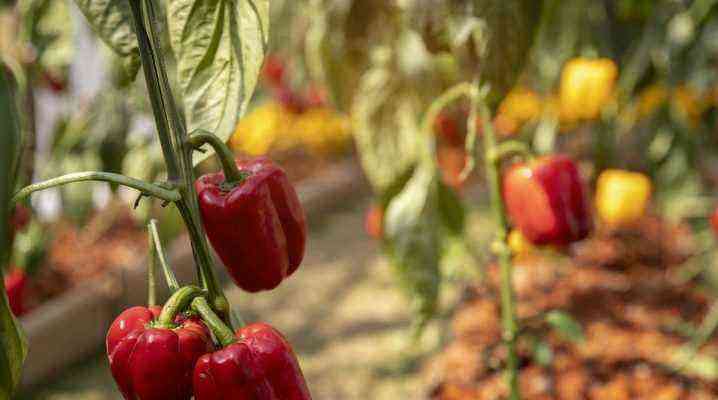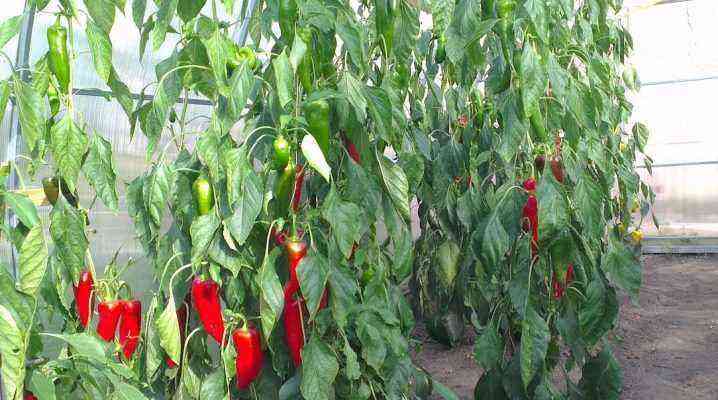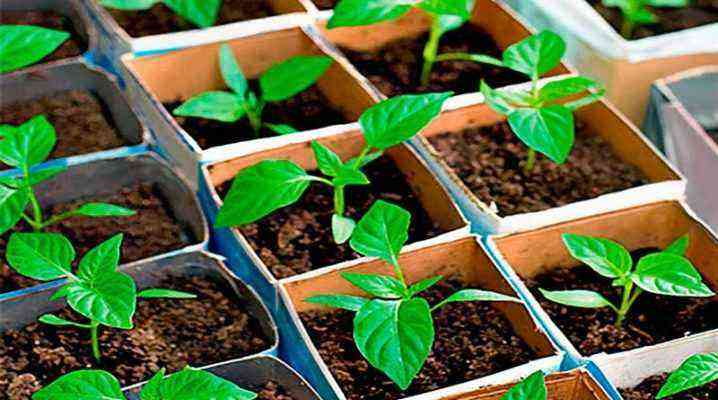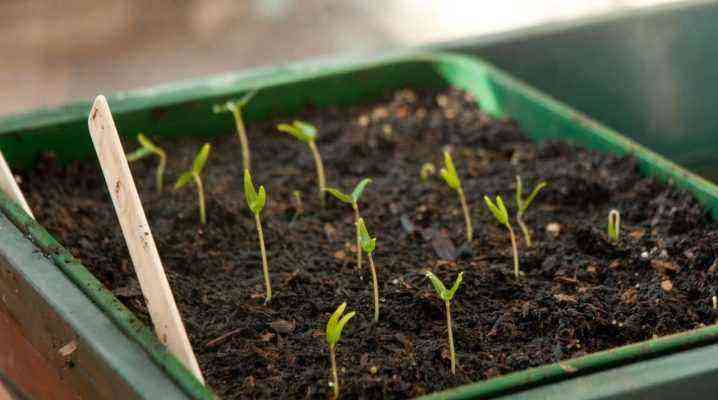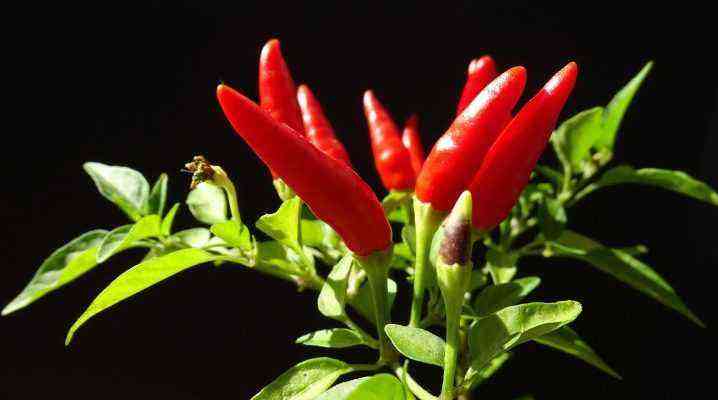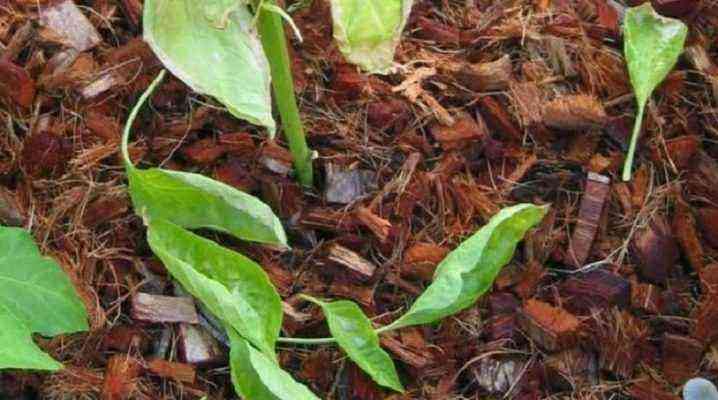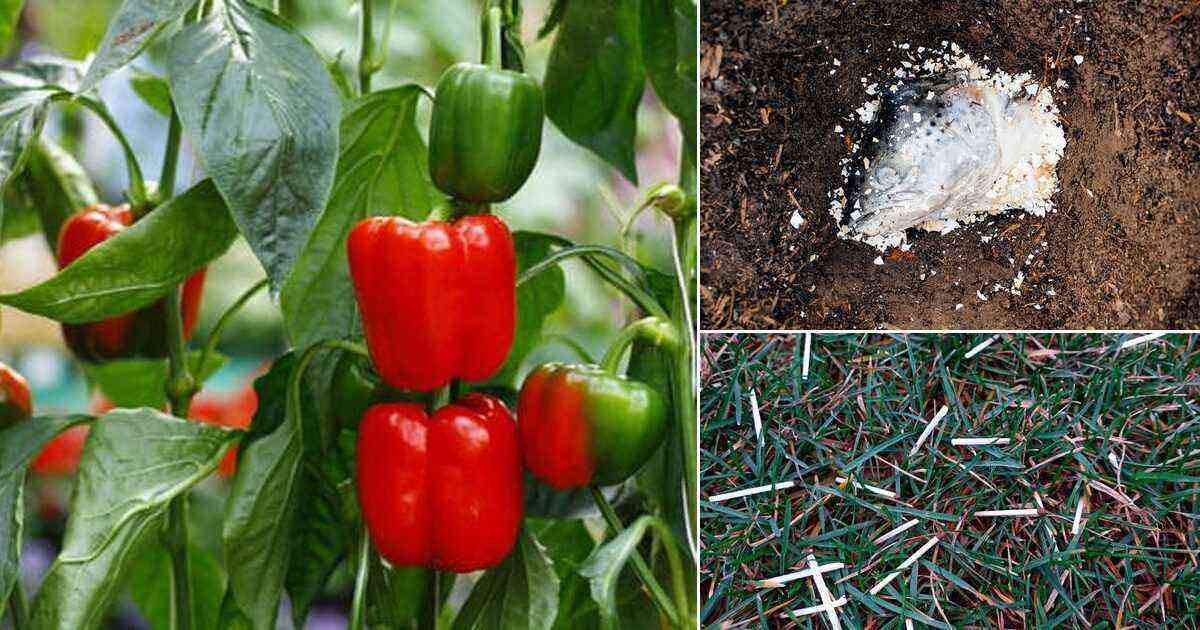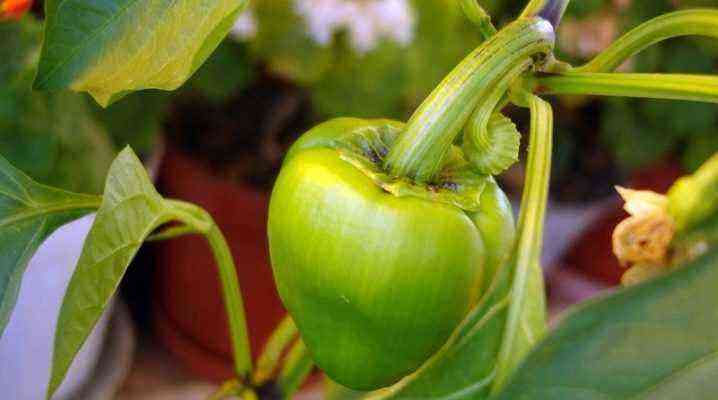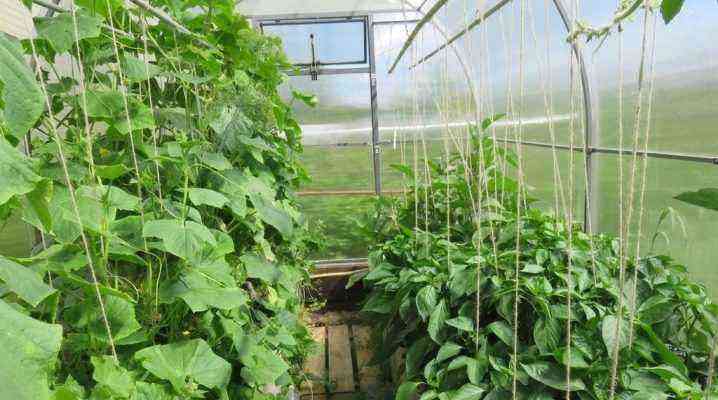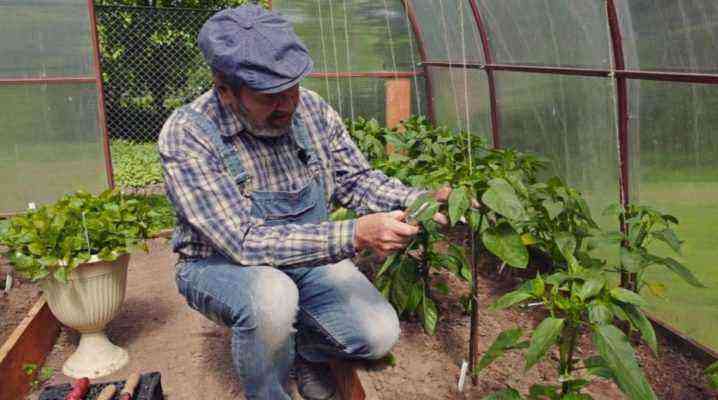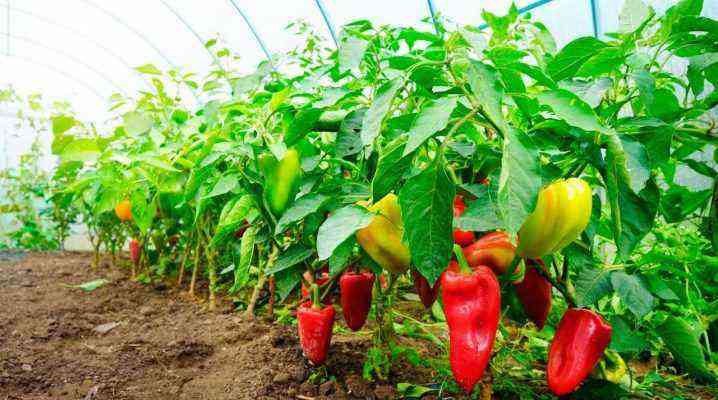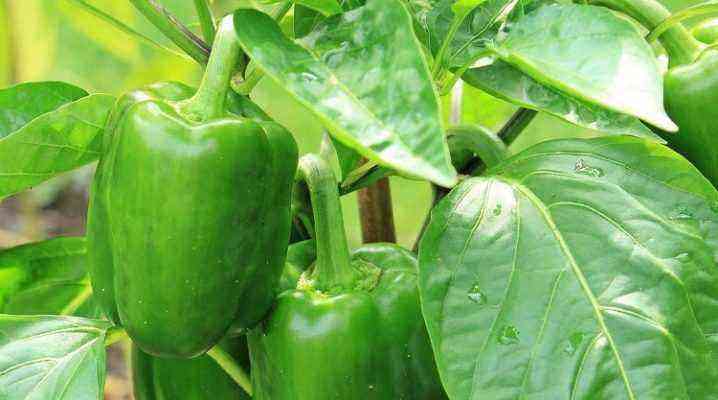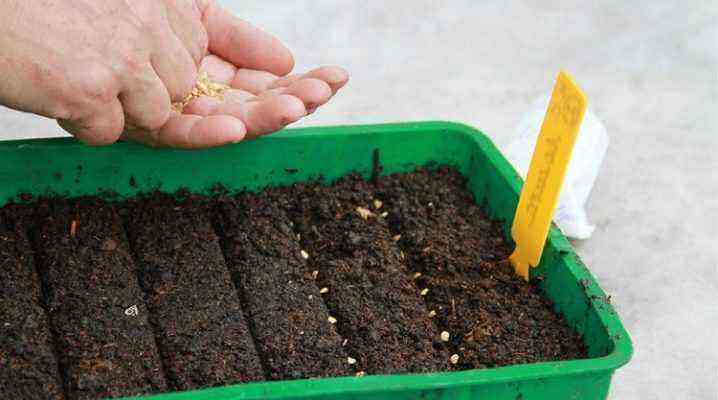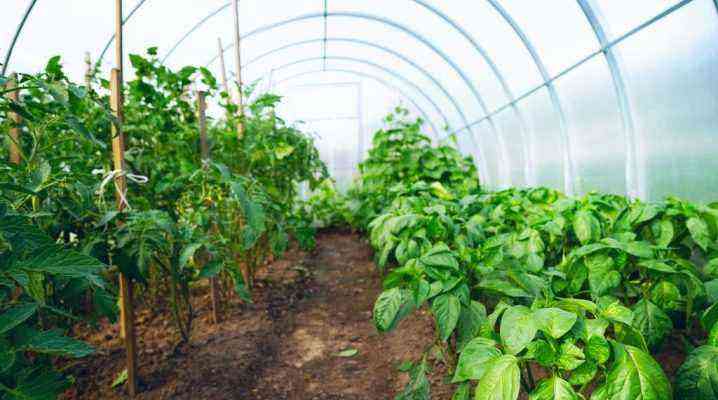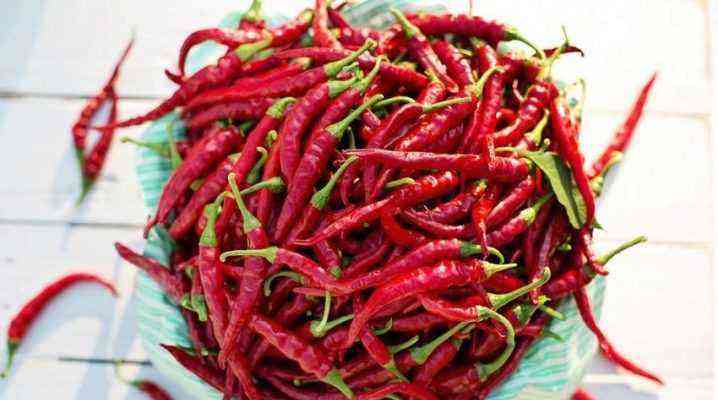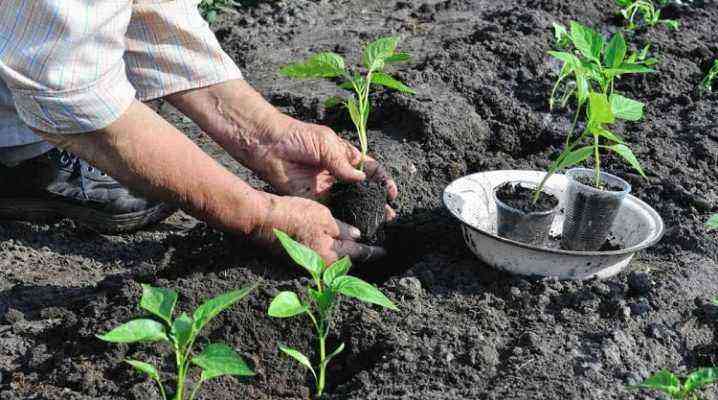
When growing bell peppers in polycarbonate greenhouses, the problem of leaf curl often arises. Why this is happening and what needs to be done, read on.
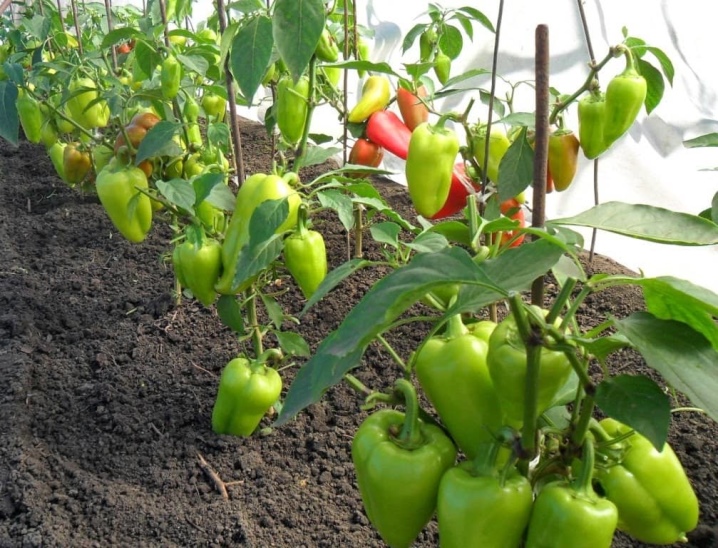
Poor growing conditions
When the leaves of a pepper grown in a greenhouse curl, they try to identify the primary symptoms. This may be due to the uneven development of seedlings, incorrect care.
Leaf deformation may vary. In one case, they twist along the main vein. Often, along with twisting, there is a change in shade or shape. The plate bends in, out, down, up.
The main reason for twisting the leaves of a vegetable crop is the reaction of the plant to uncomfortable conditions for growth and development. Greenhouse conditions are different from outdoor conditions.
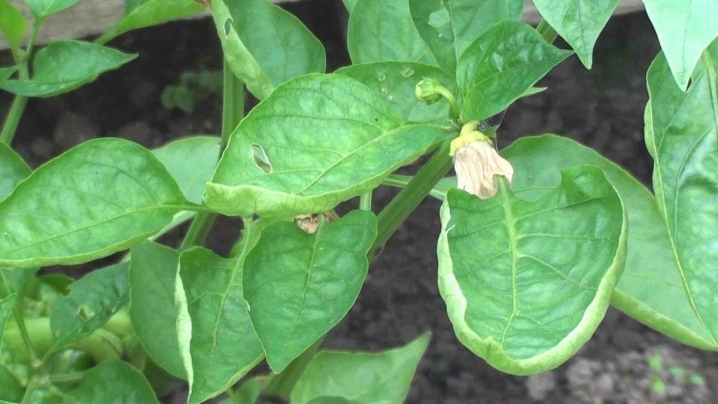
High dryness
There is a lack of air in enclosed spaces. They are often dry and stuffy. Due to dry air, the foliage curls inward in a “boat” and “spiral”. Moisture rapidly evaporates from the surface of the hardwood mass. Leaves lose elasticity and density, which is especially detrimental to newly transplanted seedlings.
Plants can be saved by lowering the temperature. For prevention purposes, it is necessary to ensure comfortable humidity in the greenhouse. For this, containers with water are placed in several places.
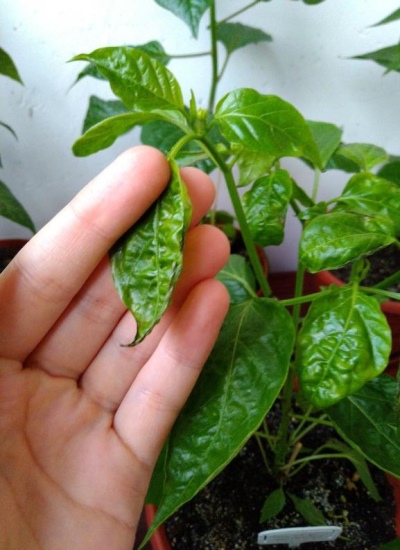
Heat
Greenhouse plants suffer from hot indoor air. Often the problem is not solved by constant spraying and irrigation. The main reason is intense sunlight.
The plant experiences stress, signaling it with wilting and curling foliage. In the evening, the temperature drops slightly, subject to the watering regime, the leaves slightly unwind. Under such conditions, the root system is not able to independently compensate for the lack of evaporated moisture.
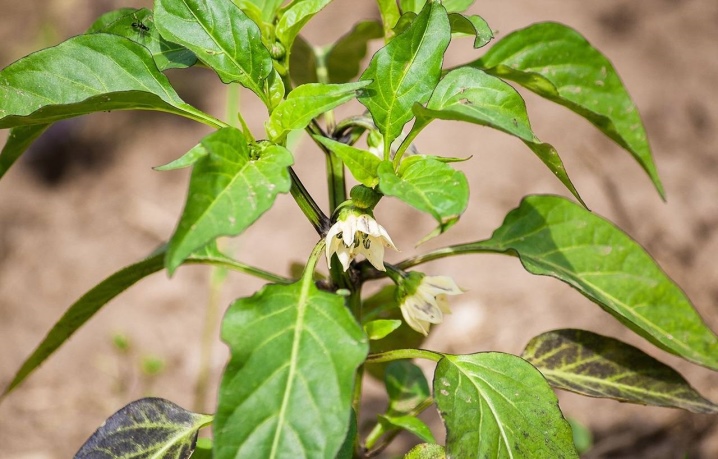
The only thing that can be done is to monitor soil moisture and ventilate the greenhouse more often.
Lack of moisture
Leaf curl is characteristic of moisture deficiency. They wither and wither, drying up around the edges. Pepper belongs to moisture-loving crops, which is why it can respond to even the slightest changes in conditions.
The solution to the problem will be the normalization of the irrigation schedule. It is important to keep the soil moist indoors. If the greenhouse is too hot, watering should be daily.
In small rooms, plants can be planted on hydrogel. This polymer has the ability to store fluid and release it as the soil dries out. It is introduced into the soil during planting, avoiding contact with the root of the seedling.
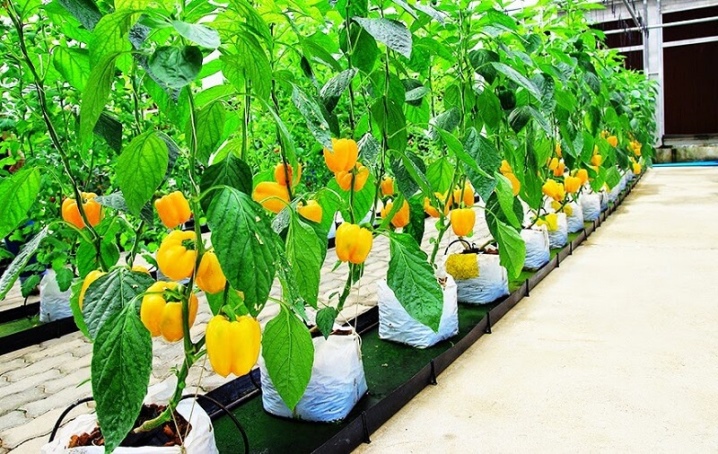
Development of rot
If the pepper leaves not only curl, but also darken, the greenhouse is too damp, and an environment for infection has been created. The plant also suffers from excess moisture. Darkening indicates the development of the fungus and rotting of the roots.
Leaf curl is the first sign of a problem. When it spreads, neighboring bushes may suffer. In this case, urgent action must be taken. The disease affects weakened seedlings that lack calcium.
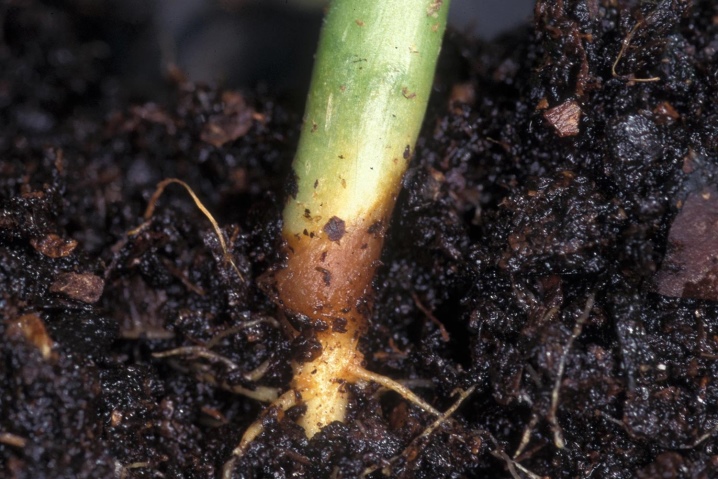
In order to prevent this, it is necessary to fertilize and treat with fungicides in a timely manner.
Wrong Care
Without proper care, plants often get sick and die. After transplanting into the greenhouse, they need to be constantly looked after, not forgetting about the garter and the formation of bushes.
Often the leaves are twisted “boat” inside at the top, due to the uneven growth of the central vein of the leaf and the leaf plate. If the rules of care are observed, the leaves can take the correct shape.
It happens that the greenhouse is ventilated too rarely, they forget about watering at all and do not feed the soil. As a result, it is depleted, the plants lack potassium, magnesium, phosphorus.
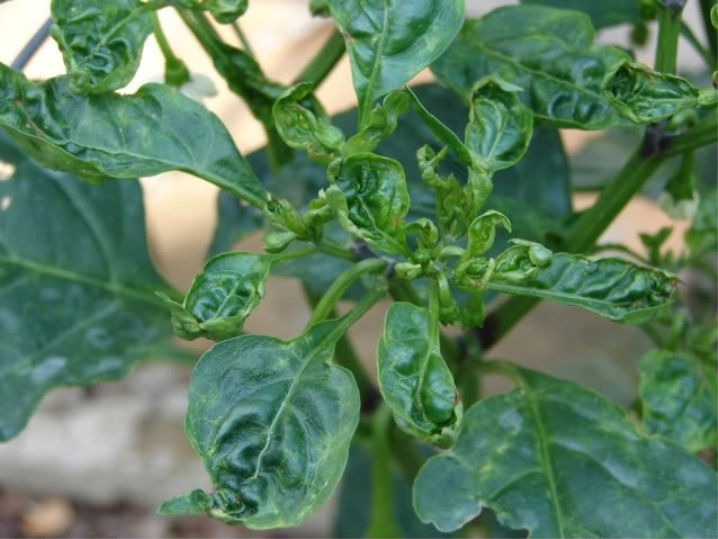
Solve the problem by applying complex organic fertilizer. It can be wood ash, which is poured under each bush in the amount of 1 tablespoon, after which loosening and watering are performed.
Wood ash is also used for liquid top dressing. In this case, it is stirred in water (1 cup per 10 liters), insisted for a day, poured half a liter under each bush.
It is important to provide the culture with an optimal microclimate and the necessary conditions of detention. Leaf plates can be deformed due to soil that provokes diseases of seedlings.

The soil in the greenhouse should not have an increased level of acidity. This prevents the roots from absorbing nutrients. It is necessary to monitor the balance of trace elements. With their excess or deficiency, the leaves curl up in plants.
When the plates curl up and the edges dry and crumble, the pepper lacks potassium.
With a deficiency of phosphorus, the color becomes purple, the shape resembles a “boat” pressed against the stem.
In foliage with an excess of potassium and a lack of magnesium, the spaces between the veins turn yellow and darken.
Lack of calcium is expressed in the rise of the edges and tuberosity of the plates, the gradual appearance of yellowish-brown spots.
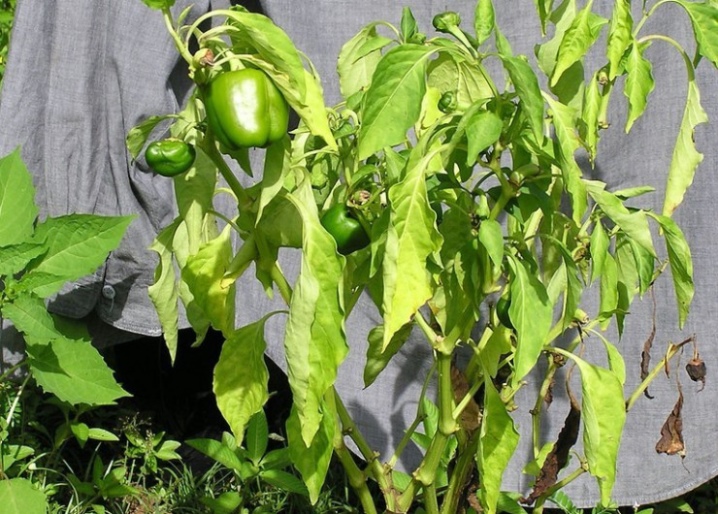
Lighting must be sufficient. And also a mistake is the lack of soil treatment. Because of this, pest larvae accumulate in the soil, which in the future will settle on plants and cause significant harm to them.
Moreover, considering that pepper refers to capricious crops in terms of growing, you need to monitor temperature changes. With a sharp change in temperature, the leaves of the plant not only curl, but also fall off.
For root dressings, you can use saltpeter and potassium carbonate. Fertilizers are diluted with water (2 tablespoons per 10 liters) and applied to moist soil.

Diseases and pests
The ground part of the pepper suffers from attacks by harmful insects, signaling the twisting and wilting of the foliage. You can determine the cause of the lesion visually. Signs are cobwebs, whitish bloom, yellowness of leaf plates.
All this suggests that the culture was attacked by aphids, thrips, spider mites or whiteflies. It is necessary to get rid of parasites with special means.
It can be chemicals, biological products, folk remedies. Effective drugs are Inta-Vir, Iskra, Kleshchevit, Aktellik, Fitoverm.
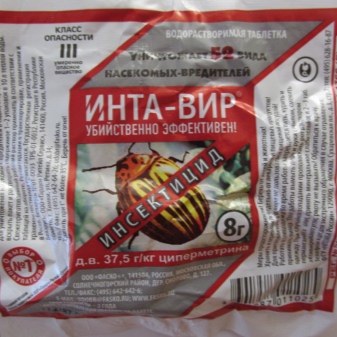

If the lesion is large, it is advisable to remove the bush and cultivate the soil. It is useless to manually remove aphids or other pests. This measure is ineffective and does not give results.
In order to increase the immunity of plants resort to the use of stimulants. Someone uses a soapy solution, onion peel, wormwood for this. Other gardeners use Corvitol, Immunocytophyte.
Often the plant is attacked by top rot and stolbur. With phytoplasmosis, which occurs due to extreme heat, the edge of the plate begins to corrugate. Then it curls up and turns yellow. In this case, you have to get rid of the affected bushes.

If the cause of leaf twisting is associated with infectious diseases, Fitosporin is used. Based on it, you can make solutions for spraying bushes.
In difficult cases, it is better to use copper-containing substances. Suitable “Kuprozan”, “Hom”, copper oxychloride. For the treatment of powdery mildew, Fundazol, Previkur, Acrobat Ordon are used.
As folk remedies, you can use onions, garlic, whey. They are effective in the initial stages of the disease.
